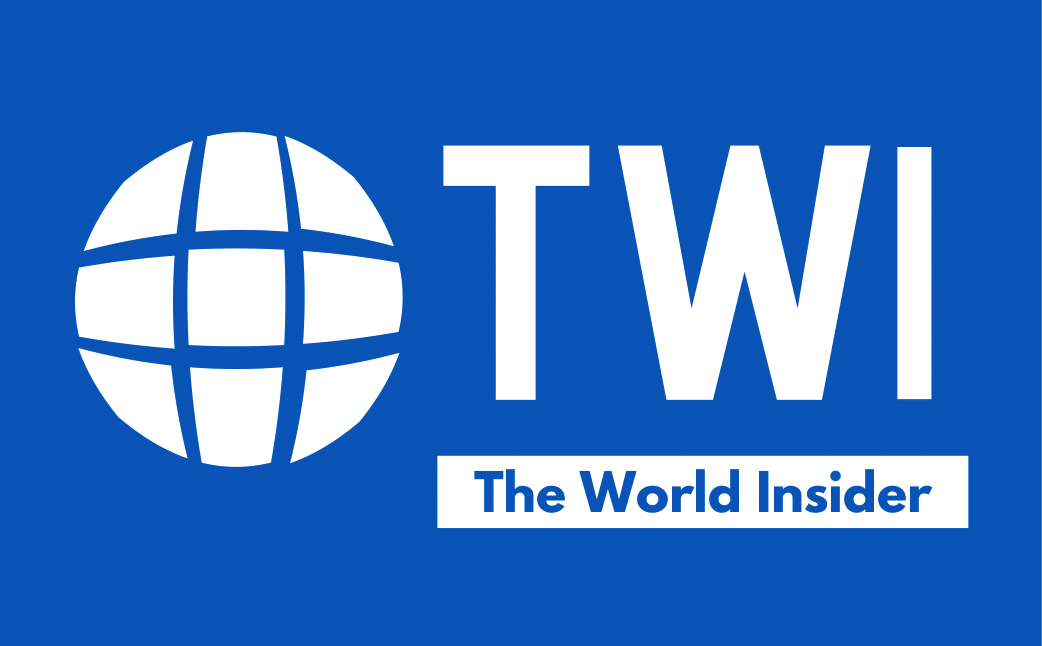NASA launches world’s largest and most powerful space telescope
NASA’s revolutionary new space observatory, the James Webb Space Telescope, successfully launched into space taking off on top of a European Ariane 5 rocket from South America. The launch marks the beginning of one of the most anticipated NASA missions in decades that promises to transform how we study the depths of the Universe.
The world’s largest and most complex space science observatory will now begin six months of commissioning in space after which it will deliver its first images.
Webb carries four state-of-the-art science instruments with highly sensitive infrared detectors of unprecedented resolution. Webb will study infrared light from celestial objects with much greater clarity than ever before, according o NASA. The Webb mission is the successor to NASA’s iconic Hubble and Spitzer space telescopes, built to complement and further the scientific discoveries and unravel mysteries of the Universe.
“The launch of the Webb Space Telescope is a pivotal moment – this is just the beginning for the Webb mission,” said Gregory L. Robinson, Webb’s program director at NASA Headquarters.
The gigantic mirror and sunshield of the roughly $10 billion telescope had to be folded to fit into the rocket. It will spend 29 days unfurling into a sunflower-like telescope with a massive 72-foot sunshield below. “Now we will watch Webb’s highly anticipated and critical 29 days on the edge. When the spacecraft unfurls in space, Webb will undergo the most difficult and complex deployment sequence ever attempted in space. Once commissioning is complete, we will see awe-inspiring images that will capture our imagination” Robinson said.
The James Webb Telescope has a mirror roughly six times the size of Hubble and will be 100 times as powerful as the Hubble.
What Webb will explore
The telescope’s revolutionary technology will explore every phase of cosmic history, including the first glows after the big bang that created our universe and the formation of the galaxies, stars and planets. It will enable humans to learn more about our own solar system and investigate faint signals from the first galaxies formed 13.5 billion years ago.
“The James Webb Space Telescope represents the ambition that NASA and our partners maintain to propel us forward into the future,” said NASA Administrator Bill Nelson. “The promise of Webb is not what we know we will discover; it’s what we don’t yet understand or can’t yet fathom about our universe. I can’t wait to see what it uncovers!”





